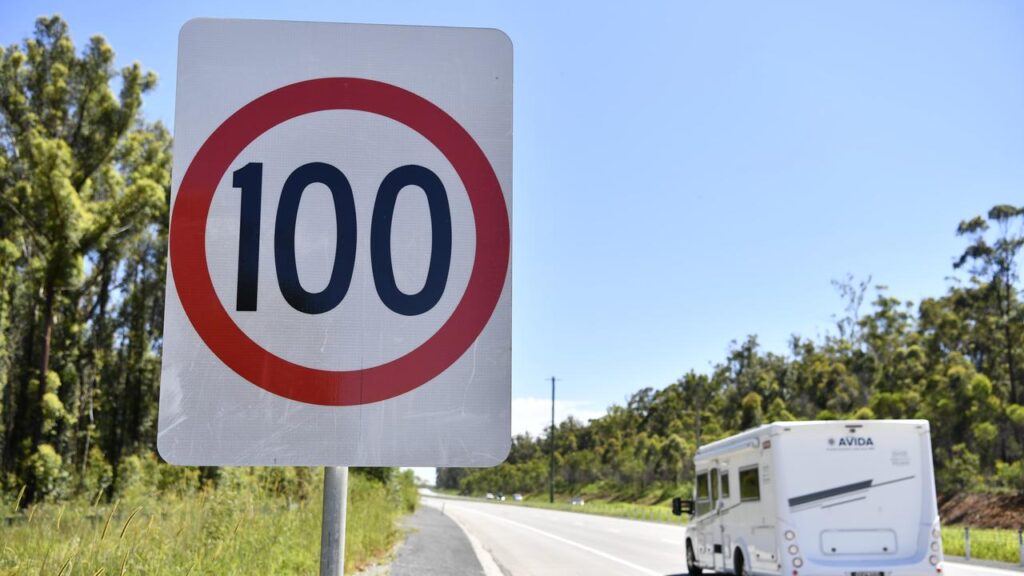The issue of speed limits is once again on the agenda as Western Australia’s government prepares to hold a road safety summit in September.
One expert has urged the state’s government to reduce the default speed limit on rural roads to 100 kilometers per hour from 110 kilometers per hour.

In Australia, the majority of the country’s states and territories have fixed speed limits on rural roads at 100 kilometers per hour.
However, in the Northern Territory and Western Australia, the default speed limit is 110 kilometers per hour on rural roads.
The implementation of a speed limit of 100 kilometers per hour on rural roads would be very different from the current practice. According to the theory of road safety, the higher the speed that a vehicle goes, the more likely it is that it will result in fatal or serious injuries.
A study conducted by the Center for Automotive Safety Research revealed that the risk of fatal and serious injuries in all impact types decreased by about 28 percent when the speed limit was lowered to 100 kilometers per hour. For head-on collisions, the risk of such injuries decreased by 41 percent.
It’s not exactly clear if lowering the speed limit will reduce the average speed of people traveling. A 2019 review of 26 studies revealed that the changes in the speed limit can affect the average travel speed. The researchers concluded that reducing the limit by ten kilometers per hour can reduce the average speed by about three kilometers per hour..
Even though the slower traffic speeds were not enough to reduce the risk of an accident, they could still help decrease the likelihood of a crash over time. According to studies from around the world, crashes tend to go down when speed limits are lowered.
In Australia, the studies that analyzed the effects of reducing the speed limit found that injury crashes were less frequent when the limit was lowered to 100 kilometers an hour. In New South Wales, Victoria, and South Australia, the study showed that injury crashes were lower by around 27 percent, 19 percent, and 27 percent, respectively.
It’s also not clear if lowering the speed limit on rural roads would have any effect on the quality of the roads. Although the default limit on rural roads is lowered to 100 kilometers per hour, it doesn’t mean that this will be the same for all roads.
Although the lower speed limit can make rural roads safer, it’s still not clear if all roads have the same speed limits. For instance, some roads have no shoulders, are unmaintained, and have undivided areas. In addition, they may have hazards like trees near the edge of the roadway.
Some rural roads are also prone to hazards such as livestock, heavy vehicles, and mining equipment. These factors can make them ideal for lowering the speed limit. On the contrary, if a high quality road is constructed with dual lanes, separated traffic flows, clearways, and barriers, then it should be considered for a higher limit.
Although it’s already been shown that lowering the speed limit on rural roads can reduce the risk of accidents, enforcement is still needed. The police force would still carry out traffic patrols in rural areas if the speed limit is lowered.
In Australia, the police force deploys safety cameras to monitor different behaviors on the road, including the speed of drivers. These devices, which can be mounted on mobile platforms, are being tested in Western Australia and could help enforce speed limits in rural locations.
The evidence shows that lowering the speed limit on rural roads to 100 kilometers per hour can reduce the likelihood of accidents. Doing so would be beneficial for road safety. Simon Raftery and Sam Doecke, who are researchers at the University of Adelaide, believe that this should be done in Northern Territory and Western Australia.

